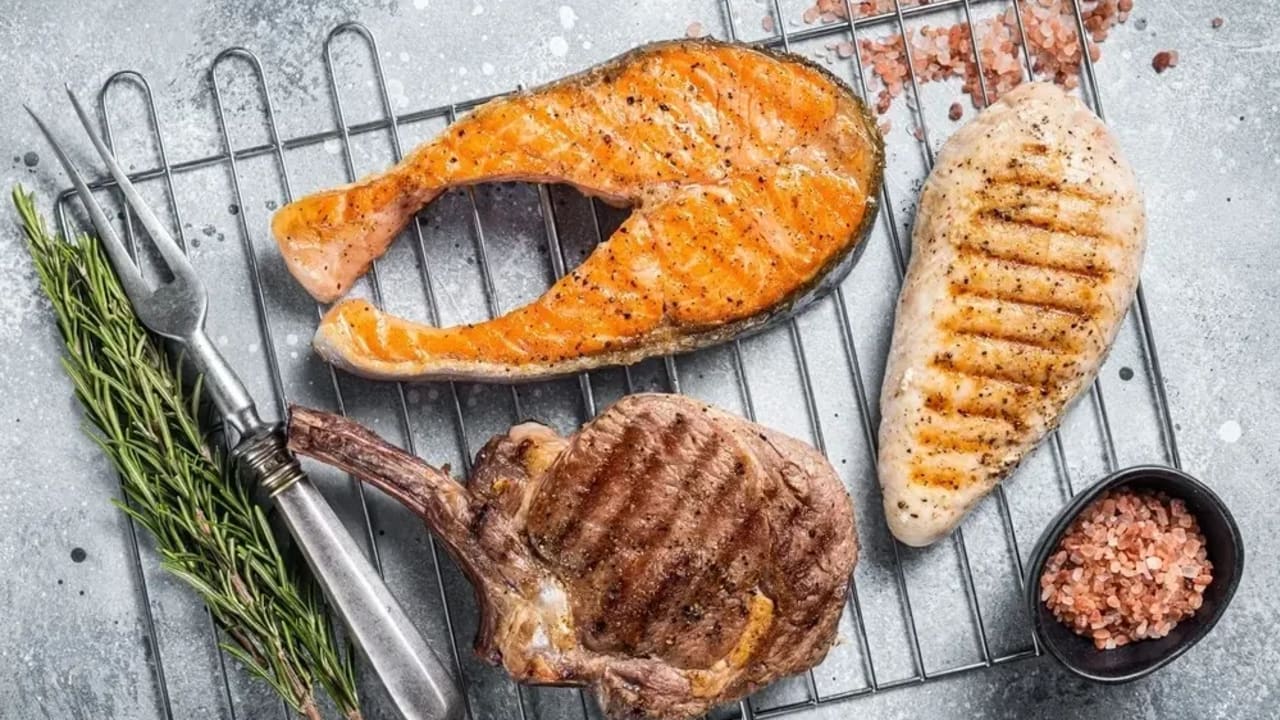Jerusalem Post/Health & Wellness
ByWALLA! HEALTH
Scientists warn: Dietary supplements cannot match natural sources. Here are five foods that can improve your digestive health—better than any capsule.
Prebiotic supplements have become a health trend—but it turns out the best way to nurture our gut bacteria is not in a bottle, but on a plate.
So what is prebiotic, and how is it different from probiotic? Both probiotics and prebiotics are essential for a healthy gut and gut healing, but for different reasons. Probiotics (including fermented foods containing probiotics) are the bacteria themselves, whereas prebiotics are the food these bacteria need to survive and thrive.
Contrary to popular belief, most probiotics do not lead to long-term changes in gut bacteria composition. That is the role of prebiotics, which provide a food source for beneficial bacteria already living in the gut, and over time increase the number of these beneficial bacteria.
So which foods are high in prebiotics? Here are five tasty and varied options:
1. Bananas
Bananas are particularly rich in prebiotic fiber. Of the ~27 grams of carbohydrates they contain, most are natural prebiotic compounds, whereas an average supplement contains only about 2.5 grams.
Three to five grams of prebiotic fiber per day can already improve gut health, according to experts at Lubbock Gastroenterology in Texas.
Bananas contain inulin and resistant starch—two types of fiber that feed good gut bacteria and improve digestion.
2. Asparagus
Asparagus is rich in inulin and other forms of fiber that support a healthy gut. A quarter kilo of asparagus provides at least five grams of prebiotic fiber, according to the University of Colorado.
3. Apples
Most of the four grams of fiber in a single apple are prebiotic fibers. The secret is pectin—a dietary fiber that improves gut health, reduces inflammation, and even helps lower cholesterol.
In addition, apples are rich in polyphenols—antioxidant compounds that benefit the gut microbiome.
4. Garlic
Although its fiber content is relatively low, garlic contains several hundred milligrams of prebiotic fibers per gram of food—a surprising amount for its size. Leeks and onions are also rich in prebiotics.
According to BIOHM Health, about 17% of the fiber in garlic is prebiotic, including inulin and FOS (fructo-oligosaccharides).
Garlic also supports the growth of beneficial bacteria and prevents the proliferation of harmful bacteria.
5. OatsOne cup of oats contains about eight grams of fiber, a significant portion of which is prebiotic. It is also a source of resistant starches that feed gut microorganisms.
When these starches are broken down, they produce butyric acid—a fatty acid that helps strengthen the immune system and regulate body fluids.
How much to eat daily?
Although most dietary guidelines do not currently specify a recommended daily intake of prebiotics, ISAPP—the global scientific organization for probiotic and prebiotic consumption—recommends 5 grams per day. The recommended daily fiber intake is 28 grams based on a 2,000-calorie diet.
To reach the minimum intake of 5 grams of prebiotics, a person would need to eat about 6 or 7 cloves of garlic.



.png)
















